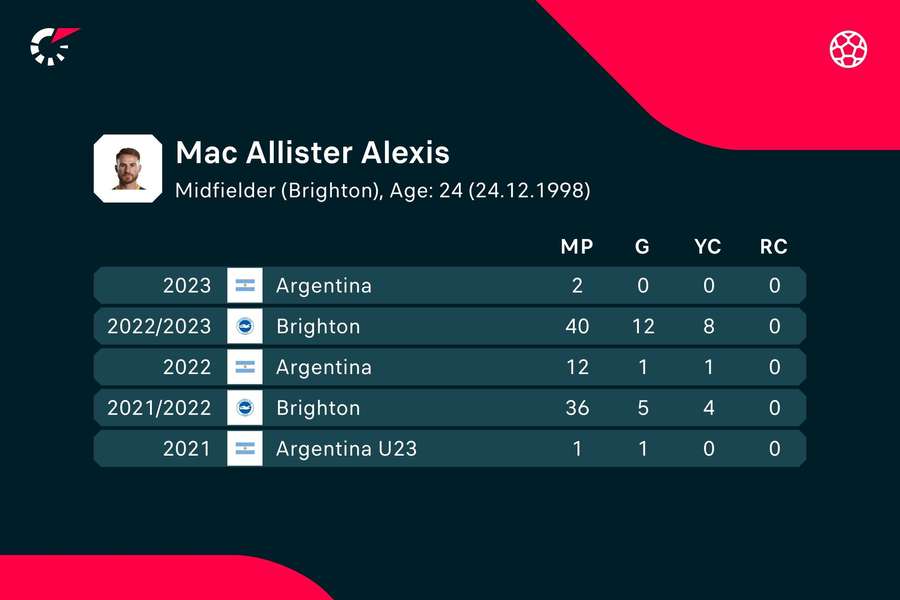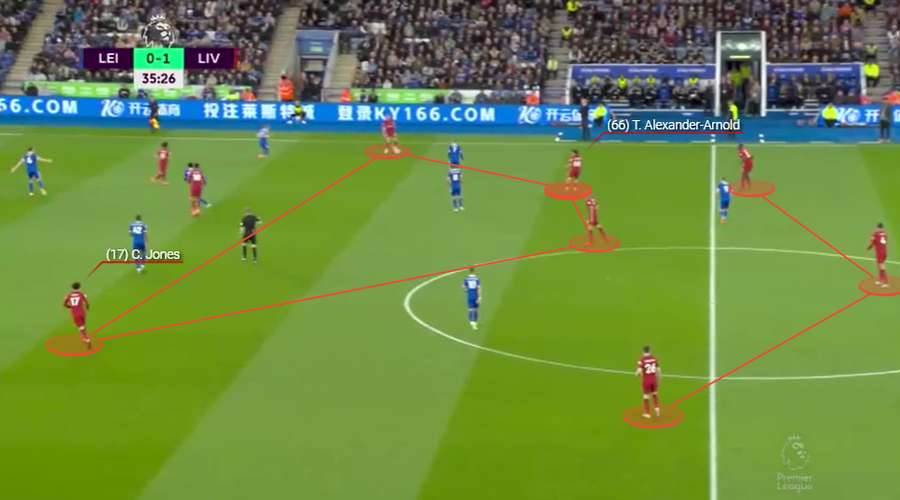Jurgen Klopp already knows how best to use Alexis Mac Allister at Liverpool next season

On Thursday, Liverpool confirmed the signing of Mac Allister from Brighton & Hove Albion, making the World Cup winner Jurgen Klopp's first recruit of the summer.
The move comes on the back of a forgettable campaign for the Reds in which they struggled to produce the sort of consistency that we’ve grown accustomed to seeing from the Merseyside club in recent years.
Their failure to qualify for the Champions League - something unthinkable 12 months ago - reiterated the need to enforce a rebuild at Anfield this summer, and that process seems to be well underway.
After bolstering the attack with the likes of Cody Gakpo (24) and Darwin Nunez (23) across the last two windows, Liverpool’s primary focus this summer was always going to be re-energising the midfield.
The Reds’ engine room caused plenty of debate this season with key midfielders like Fabinho (29), Jordan Henderson (32) and Thiago Alcantara (32) now on the wrong side of 30 and too often showing it in their performances - particularly while Liverpool continued to operate with a traditional three-man midfield.
Furthermore, the club allowed Alex Oxlade-Chamberlain (29), James Milner (37) and Naby Keita (28) to depart at the end of the season, further depleting their numbers in the middle.
While none of those players accumulated more than 1,000 league minutes this season, we will likely see further additions as Klopp looks to add more depth to that area of the squad.
Yet irrespective of who comes through the Anfield door, it’s hard to see Liverpool securing any player on a better deal than the one they agreed to land Mac Allister.
The Argentine was one of the stars of last year’s World Cup, something that usually adds a tax to any future transfer deals. However, Liverpool landed him for an upfront fee of just £35million.
He’ll head to Anfield on the back of three-and-a-half years at Brighton where he made 112 appearances and played a key role in helping the Seagulls progress from survival hopefuls to European qualifiers.
It was in this most recent historic campaign, where Brighton achieved their highest-ever Premier League finish (sixth), that he really came to the forefront. He scored ten league goals - his best return in England to date - to finish as the club’s top scorer. But that was only a small portion of what he offered the Seagulls.
He also ranked inside the squad’s top three for successful dribbles (42), progressive passes (174) and tackles won (39), bringing to focus his wider ability and versatility as a player.
Mac Allister started as a number 10 in his native country with Argentinos Juniors and arrived as such in England. However, he has also been utilised as a number eight and even a number six since.

Under Graham Potter (48) who admired his great technical skill, the World Cup winner started the season predominantly playing within a double-pivot, tasked with protecting the middle of the pitch while safely building play and breaking lines with more penetrative balls when the opportunities presented themselves.
Current Brighton boss Roberto De Zerbi (44) adjusted his role mid-way through the season, though, and gave the midfielder license to operate in more advanced areas. This would often see him supporting attacks down the left. He was deployed in a similar role for Argentina at the World Cup, too.
And it was playing that role under the Italian that perhaps hints at how we could see Mac Allister used at Liverpool next season.
As the campaign progressed, Liverpool adjusted their tactical approach from their familiar 4-3-3 to a 3-2-2-3. They did this by moving the ever-dangerous Trent Alexander-Arnold (24) out of defence in possession and into midfield.

It helped to get the best from him and made Liverpool a much more well-rounded outfit; they failed to lose any of their final 11 matches of the campaign playing the shape.
Advanced midfielders in this set-up are tasked with pushing up into the half spaces to help create goals and indeed score them.
